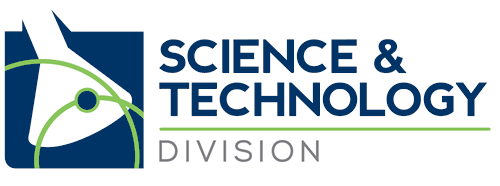1.3K
Matthew Schlecht will be presenting “Achieving a Synthesis: How Scientific / Technical Translation Resembles and Differs from Organic Chemical Synthesis” (ST-5, Friday 11:30am-12:30pm). From the abstract:
Both organic synthesis in chemistry and the technical translation field employ processes of assembling components into a defined whole. Both require years of experience and training. Organic synthesis is represented by a universal symbolism that is mutually intelligible to chemists who don’t share a common language. Commonalities across languages exist for scientific and technical translation that are absent in other areas of translation. This session will cover multiple languages and examines how these processes are similar, yet different. Can the areas of scientific/technical translation and organic chemical synthesis learn valuable lessons from each other?.
With this presentation, I want to show some similarities (and differences) in how professionals work in the ostensibly quite different fields of translation and organic chemical synthesis. The processes of creating a translation and creating a synthesis utilize similar skills: parsing and analysis, making strategic decisions, exploiting familiarity with components and tools, the transmutation, then fine-tuning and polishing.
Being language professionals, we all “know” what translation is and how it is done, while few in the translation field might know what synthesis is and how it is done. I hope to provide some insight into this at a level that can be appreciated by a general audience.
A chemical synthesis is a plan that details how to prepare a target structure from available components or starting materials, and utilizing known, modified, or novel methods or steps. Both processes are shown schematically below, with the example of a chemical synthesis of the human hormone prostaglandin E1, and the example of the translation of an abstract from a medical case study from Japanese into English:
The example on the right is taken from JA>EN translation, but other examples presented will draw on translation into English from German, Spanish, and French. The synthesis scheme shows what is referred to as a retrosynthetic (reverse-direction strategy) approach to prostaglandin E1, in very broad strokes with no details. This symbolic rendering of molecular structures serves as a lingua franca among synthetic chemists. Chemists from China, Germany, Japan, Iceland, Argentina, Russia, or the US could all look at the scheme on the left and understand what is meant, even if they shared no common language.
In addition, computational tools are making inroads into chemical synthesis as they are in translation, and I will touch in a general way on the similarities (and differences) in how these tools function, and how they are accepted in their respective professional communities.


